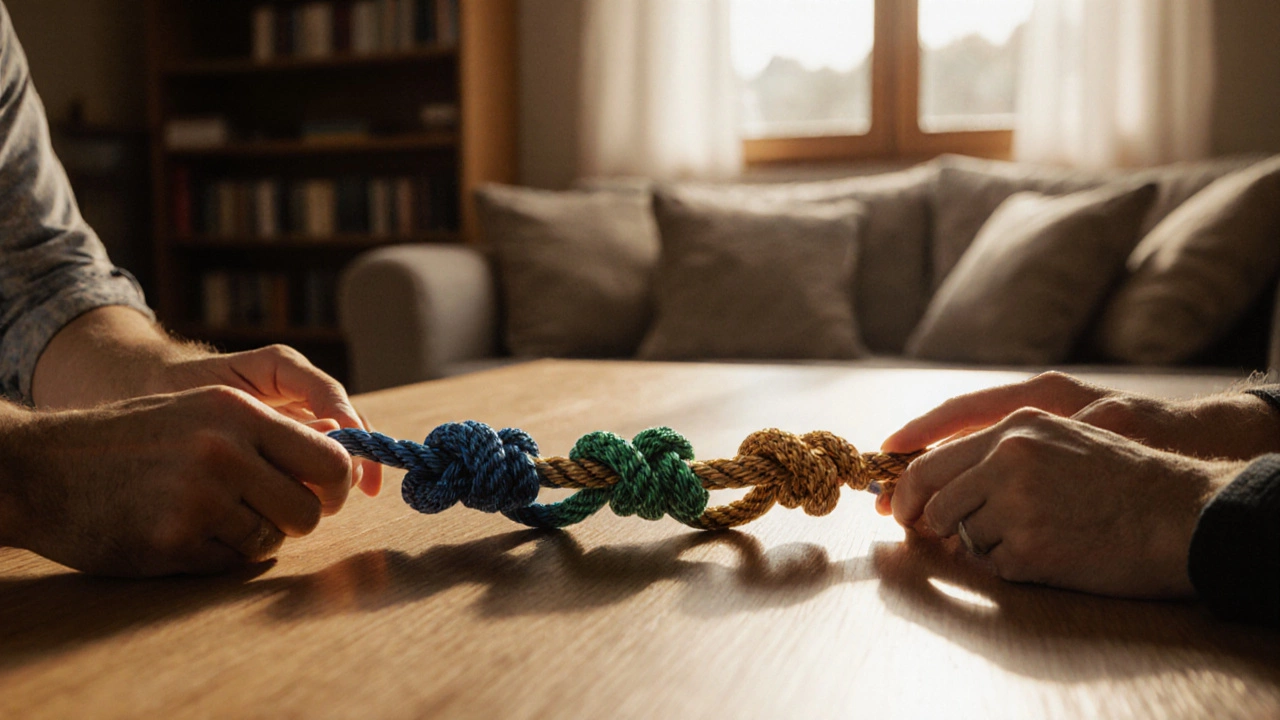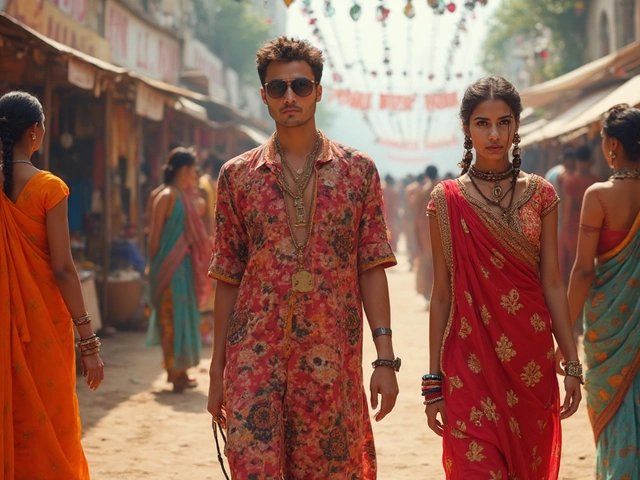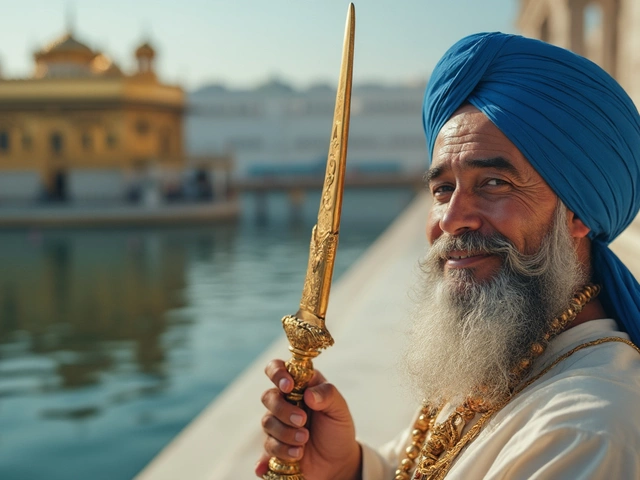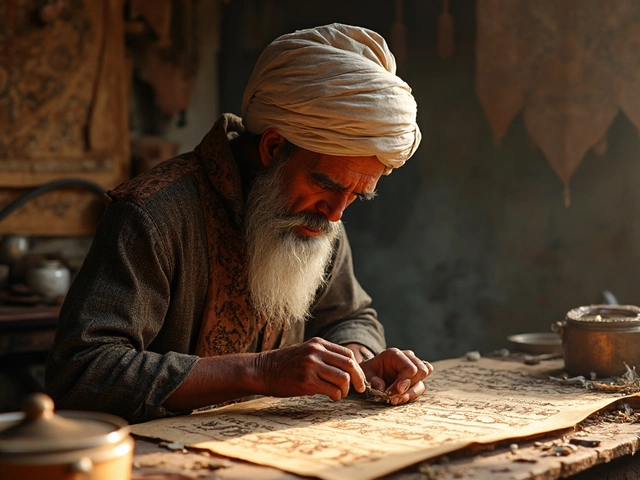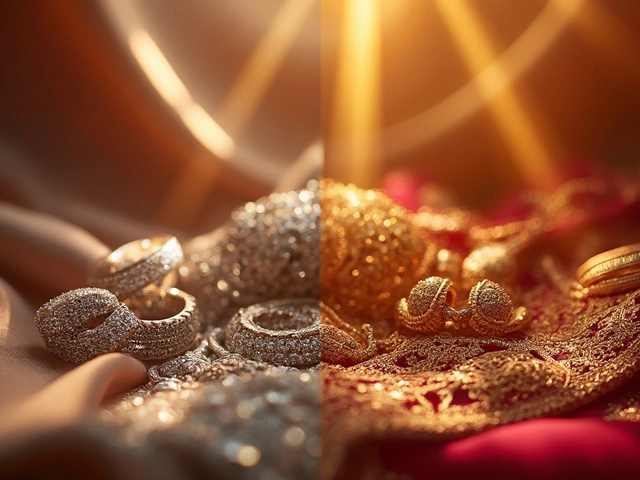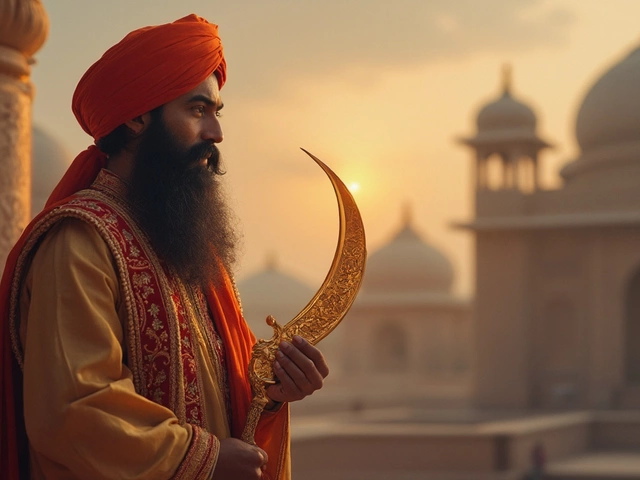Marriage Knots: Symbolic Jewelry Styles for Indian Weddings
When talking about marriage knots, the intertwined designs that mark a couple’s union in Indian culture, you’re looking at more than just ornaments. Also called wedding knots, they blend tradition with personal taste, often featuring gold, silver, or gemstone strands that wrap around the neck or wrist. These pieces act as a visual promise, linking two lives together.
One of the most famous forms of a marriage knot is the Mangalsutra, a gold necklace with black beads that a bride wears after the ceremony. This symbol links to the idea of an unbreakable bond, and its black beads carry a protective vibe that dates back centuries. Another related item is the Black beads, used in many Indian wedding necklaces to ward off negative energy and add a bold contrast. Both mangalsutra and black beads are essential parts of the broader Wedding jewelry, the collection of adornments a couple chooses for their ceremony.
Marriage knots encompass a range of styles, from simple gold chains to elaborate multi‑strand pieces studded with diamonds. They require careful selection of metal purity, often checked with 875 or 916 marks, to ensure lasting value. Choosing the right knot also means considering the bride’s skin tone, the wedding’s color palette, and the cultural meanings each element carries. Some couples add a personal twist by mixing traditional knots with modern designs, like a thin gold strand layered with tiny gemstone beads. This blend shows how a marriage knot can respect heritage while reflecting contemporary taste. In many regions, the knot is tied during the phere ritual, symbolizing the couple’s commitment to walk together. The presence of black beads in a knot ties directly to the belief that they absorb negative vibes, keeping the marriage protected. Meanwhile, the mangalsutra’s gold chain represents prosperity and enduring love. Both pieces are often matched with other jewelry such as bangles, earrings, and nose studs, creating a cohesive look that celebrates the entire ceremony. When you shop for a marriage knot, you’ll notice details like the hallmark 875 on gold, which indicates 21‑karat purity. That stamp helps you avoid cheap imitations and guarantees the piece’s worth over time. Understanding these marks is a quick way to tell genuine jewelry from low‑quality knock‑offs. Designers also play with fabric choices for the knot’s backing, using breathable cotton or silk that feels comfortable over long wedding hours. The right fabric can keep the knot from slipping and maintain its shine throughout the day. Beyond the bride, the groom may wear a matching knot or a simple silver chain that mirrors the bride’s design. This subtle pairing reinforces the idea of two lives intertwined, a concept that runs through many Indian marriage customs. Whether you prefer a classic gold‑and‑black bead mangalsutra or a contemporary mixed‑metal knot, the key is to pick a piece that feels personal and fits the wedding’s overall style. Below you’ll find articles that dive deeper into fabric tips, gold purity marks, fake‑jewelry tests, and more—each one giving you clear, actionable advice to choose the perfect marriage knot for your big day.How Marriage Knots Connect to Other Wedding Traditions
How to Tie the 3 Essential Knots for a Strong Marriage
Learn the 3 essential "marriage knots"-trust, communication, shared vision-and get step‑by‑step actions to keep your partnership strong and resilient.
